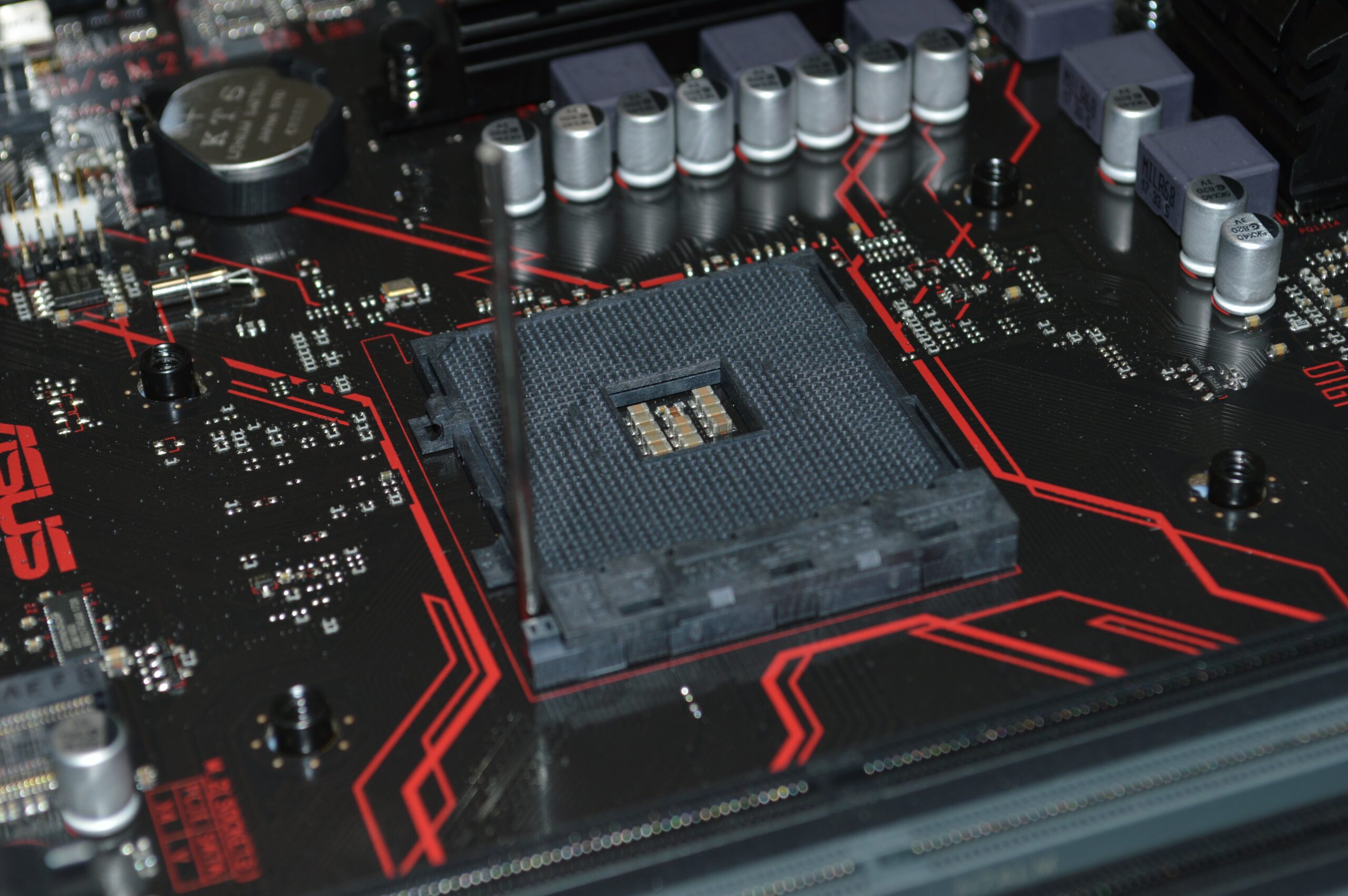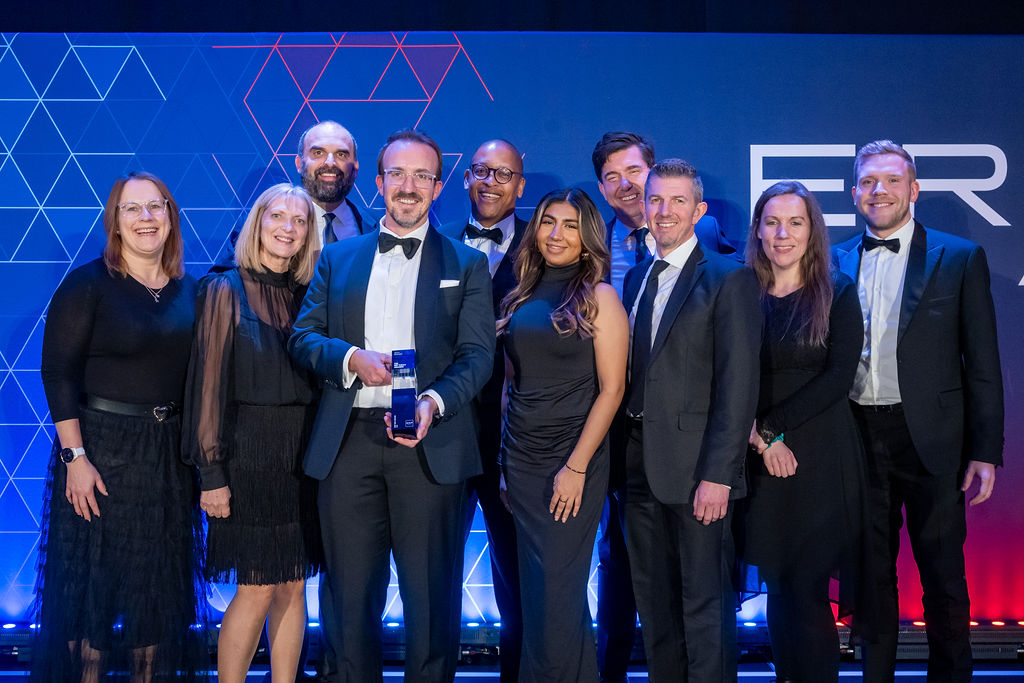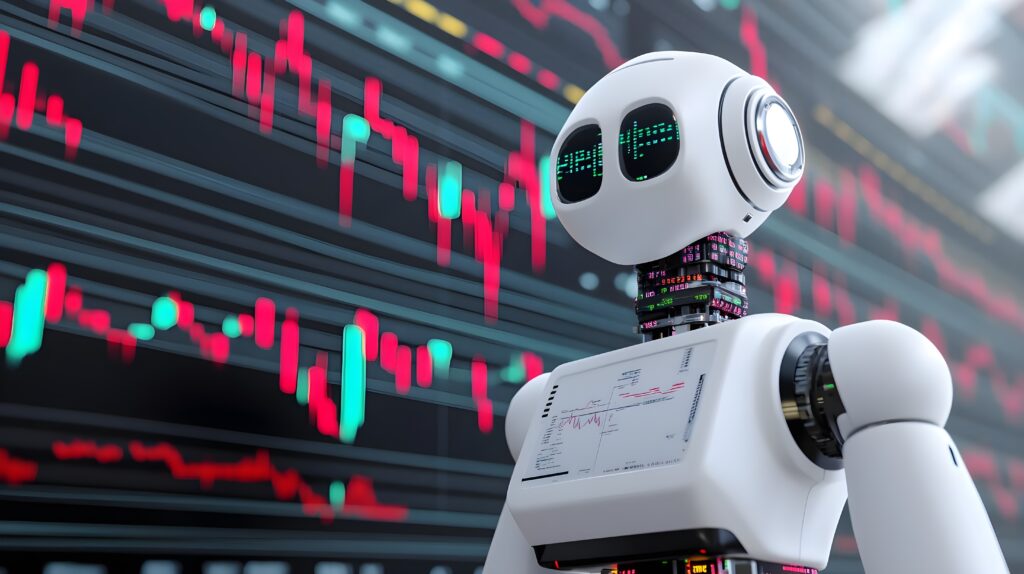As we wave goodbye to the final months of 2022, we look back on a truly disruptive journey through war, a global pandemic, an energy crisis and the very real consequences of climate change disrupting supply chains and lives.
For a while, the word ‘pivot’ became every marketer’s favourite, but today the buzzword du jour is ‘composable, ’composable business, composable thinking, composable architecture and even composable ERP.
In conversations over the past twelve months, I have spoken more about “composable ERP” than any other topic, and every time someone uses that c-word, I hear the voice of Inigo Montoya from Rob Reiner’s The Princess Bride, “you keep using that word. I do not think it means what you think it means.”
Composable unpacked
To compose is to assemble something into a cohesive and productive whole, and while often used in the arts, it is also making an appearance in business. Gartner has coined the term composable business. They describe it as “a specific and accelerated form of digital business”.
Realistically a better name for it would be ‘re-composable business’, for it is the ability to re-compose your business to address new opportunities and challenges that is important.
Composable ERP follows the same principles. Pieces are assembled and reassembled as needed to respond to changing business landscapes. However, with ERP, the ‘pieces’ being composed aren’t just technology; they’re also the ways of thinking, doing business (i.e., business processes), differentiating and standardizing. One of the biggest mistakes made with composable ERP is to only consider the technology, because business transformation as a service is much more than just cool tech.
Managing change
Technology, business and people all change but generally at different rates and they are rarely aligned. Even if two are in sync, without the third the outcomes are unsatisfactory.
Composable ERP is not just a technical architecture strategy. It requires going composable with your thinking, business architecture and technology together.
Start with composable thinking
“You have got to start with the customer experience and work backwards to the technology. You can’t start with the technology and try to figure out where to sell it.” —Steve Jobs.
To re-compose your thinking, ask yourself a few questions. What does a day in the life of a customer, employee, partner or supplier look like five years from now? Where is our industry going? Where are our industry’s boundaries? Are there any? How do we differentiate ourselves to our future customers and prospects?
Composable business architecture is about how your organization is structured, how you bring the power of the ecosystem to your customers, how your workforce is empowered and engaged and how you plan and execute your strategy. All these elements must work in concert. For example, rigid long-term plans, siloed product teams and inflexible organization structures will always hamper the realization of the benefits that modern ERP can provide.
Enter the non-differentiator
One of the biggest challenges many businesses face is coming to terms with the fact that much of what they do isn’t differentiating.
Some business capabilities are necessary for all companies, regardless of industry or geography, but they don’t differentiate you to your customers. Think filing taxes, buying indirect materials, paying employees etc. Breaking down these capabilities into mini or microservices is rarely beneficial.
Then there are some business capabilities that, if executed well can differentiate to your customers. For example, how effectively you manage logistics to get products to customers or how you adapt your pricing to consistently attract customers, or how you minimize the environmental impact of your products.
Modern ERP technology is ‘composable’
ERP is often thought of as a monolithic piece of software that does everything a business needs, but ERP hasn’t been monolithic in decades. Instead, today’s ERP is a modular set of capabilities that provide standardized processes for most non-differentiating business processes.
The key to being ‘composable’ in today’s world is using a modular technology architecture underpinned by a platform of business capabilities, processes, services and technology.
The modular ERP capabilities in concert with the underlying platform, enable a business to compose and recompose as needed.
Or, as Westley said to Princess Buttercup “As you wish”.




